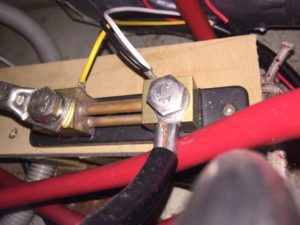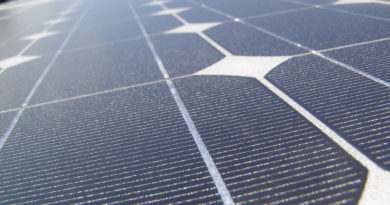Battery monitor
A battery monitor is an important piece of kit on your boat… buy why? This article goes some way to explaining what it does and why keeping an eye on your batteries is so important for extending their life.
Battery monitor – do I really need one?
Deep cycle batteries can be sensitive little flowers at times. Letting them run flat or very low can shorten their lives considerably, however if you look after them they will give you many years of reliable service.
Marine deep-cycle batteries do their best work between 50% and 80% of their charge. Discharging your battery bank below 40% on a regular basis will reduce there working life dramatically. You can keep track of your battery by monitoring the voltage however this can be misleading. When batteries are under load or under charge the voltage does not accurately represent the overall state of charge.
Battery monitor – types of batteries
The main three battery types that most sailors go for are:
- Flooded batteries
- Gel batteries
- AGM Batteries
Each come with there own benefits and draw backs, the details of which are for another article, however all three need to be cared for to give them a long life. AGM batteries arguably can handle a greater discharge rate than flooded and require less maintenance, however they come at a premium costs and require more care when charging. Gel batteries sit somewhere in the middle between low maintenance, cost and resilience. All three will have there lives dramatically shortened if regularly run flat.
Battery monitor – what does it do

A good quality battery monitor will track the actual current draw and charge and combined with monitoring the voltage under load or charge give you a far more accurate indication of the state of the batteries.
The system tracks the current moving through a shunt placed in series with the house battery bank which is fairly simple to connect up. A good monitor such as the BM2 featured above should take into account Peukert’s Law which states that the capacity of a lead acid battery will differ depending on the rate of discharge. If you are interested in the science here check out this entry in Wikipedia.
Sizing your battery bank
For most cruisers, the goal to get the longest life from your battery bank and the best way to do this is to keep your batteries between 50% and 100% of charge. This means installing a battery bank that will cater to that load requirement. If you anticipate on your worst day with no sun or wind charging that you will use up to 150 Amp Hours then install at least 300 AH of batteries. For a day sailor who is expecting to be back at the dock most nights this is more than enough. For cruisers who plan to be at anchor for extended periods, a larger bank is advisable to cater to those cloudy rainy days where you are not getting much solar power in and likely be watching movies below deck eating battery power.
It’s also advisable to invest in a good solar power solution along with a good MPPT charge controller sized for your needs. Check out Solar panels for boats for a general overview on fitting your boat out with solar power.
To sum up, the best way to ensure you get the most years out of your battery bank is to keep a close eye on your batteries and do not allow them to run flat. The best way to remove most of the guesswork out of this is with a good battery monitor.


